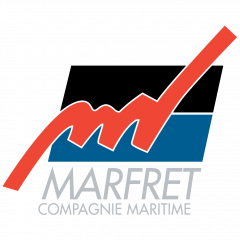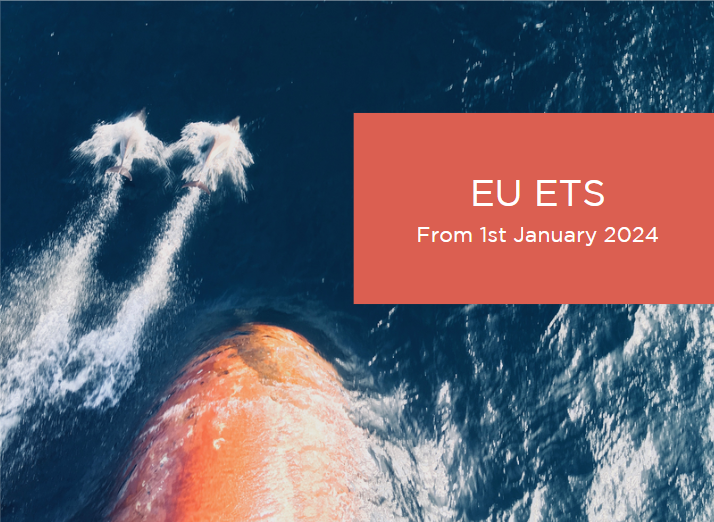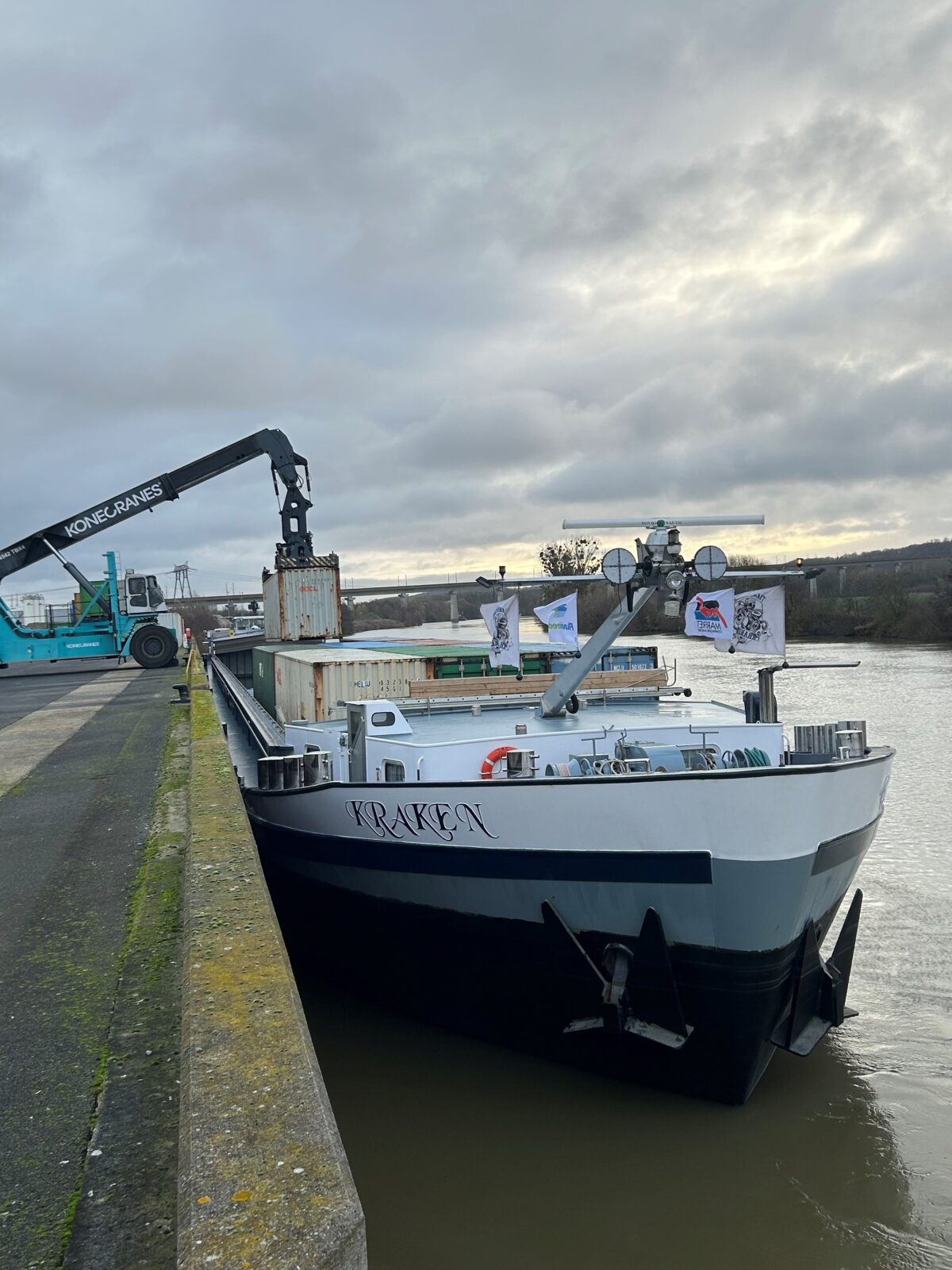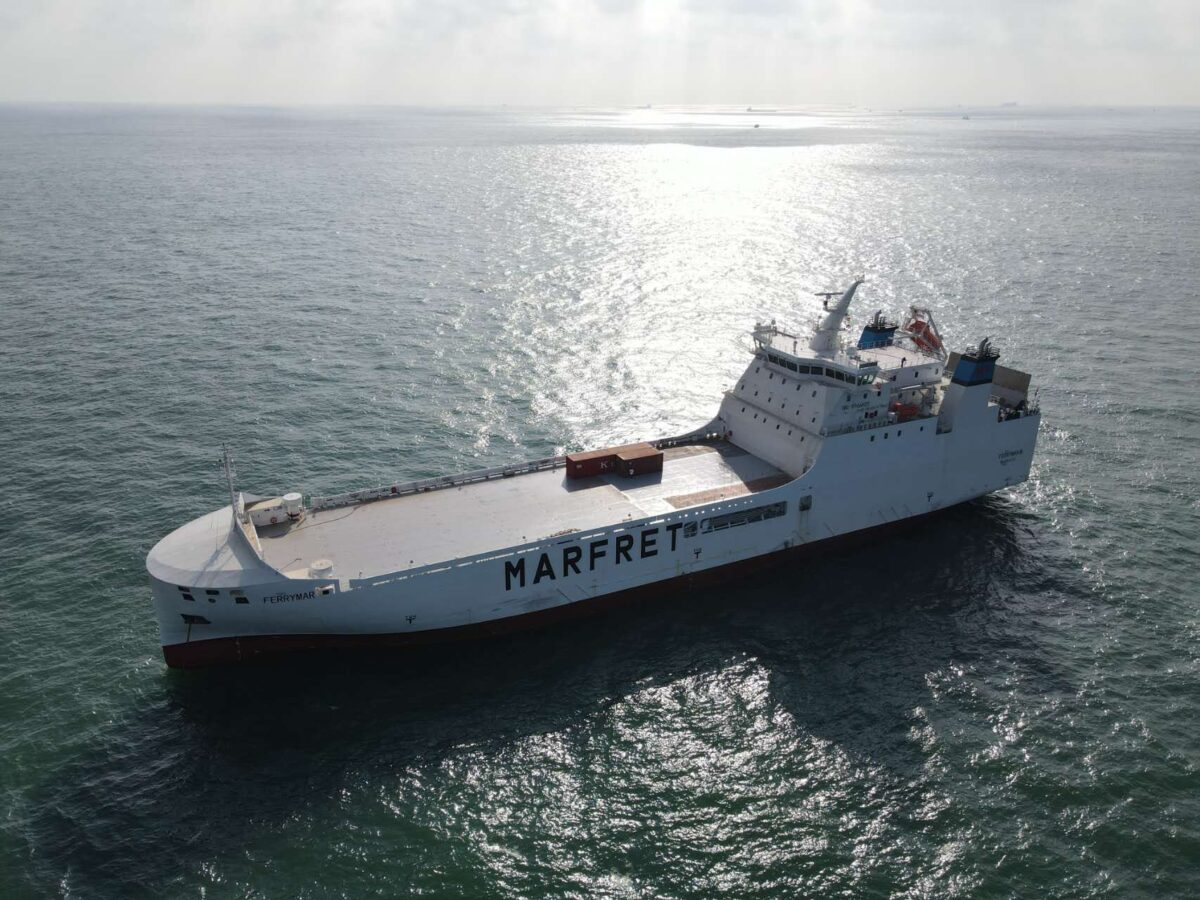As of January 1, 2024, maritime transport has joined the Emission Trading System (ETS), the European system of emission allowances trading aimed at regulating and reducing greenhouse gas (GHG) emissions.
The European Commission establishes an overall emissions cap for the maritime transport sector. This cap is then allocated as emission quotas among shipping companies based on each vessel’s fuel consumption and technical characteristics.
Each quota represents the right to emit a certain quantity of greenhouse gases. The implementation of the ETS will be gradual: 40% of CO2 emissions must be converted into quotas in 2024, then 70% in 2025, and finally 100% of emissions in 2026.
This new regulation has an impact on the price of maritime transport. The additional costs associated with purchasing these quotas and investments made to reduce emissions will result in the application of an EU ETS contribution to all containers loaded on Marfret services affected by this new regulation.
Marfret intends to continue its efforts to accelerate reductions of CO2 emissions while maintaining the quality of its services. We have established a collaboration with the company Syroco to implement a dynamic routing system that, based on various parameters, determines the optimal route of the vessel in terms of emissions. The use of the EfficientShip software platform, already tested on our Marfret Niolon, has led to a substantial reduction in emissions on the MPV line. Other techniques are underway, such as optimizing design and using specific hull coatings.
These are just some of the innovations being introduced before the change to a new type of fuel to be implemented from 2030, further to the FuelEU maritime initiative, part of the FitFor55 directive. By that date, only renewable fuels will be allowed.



